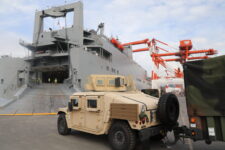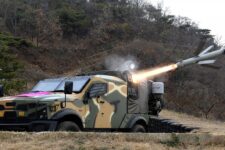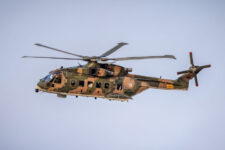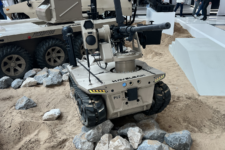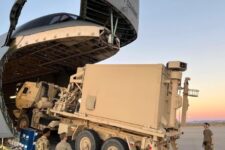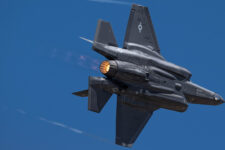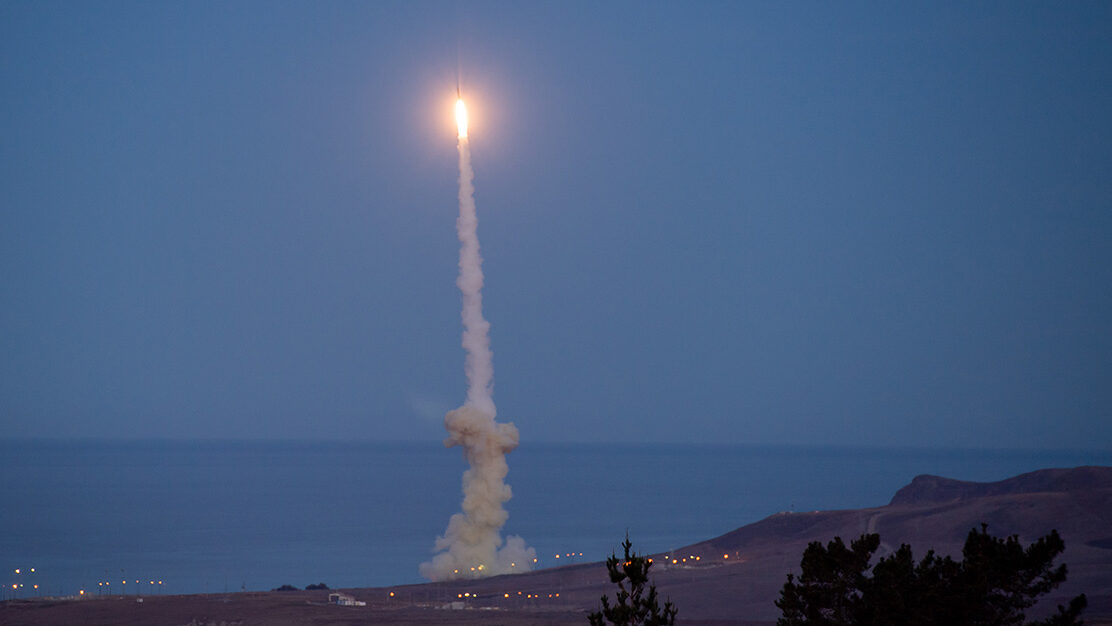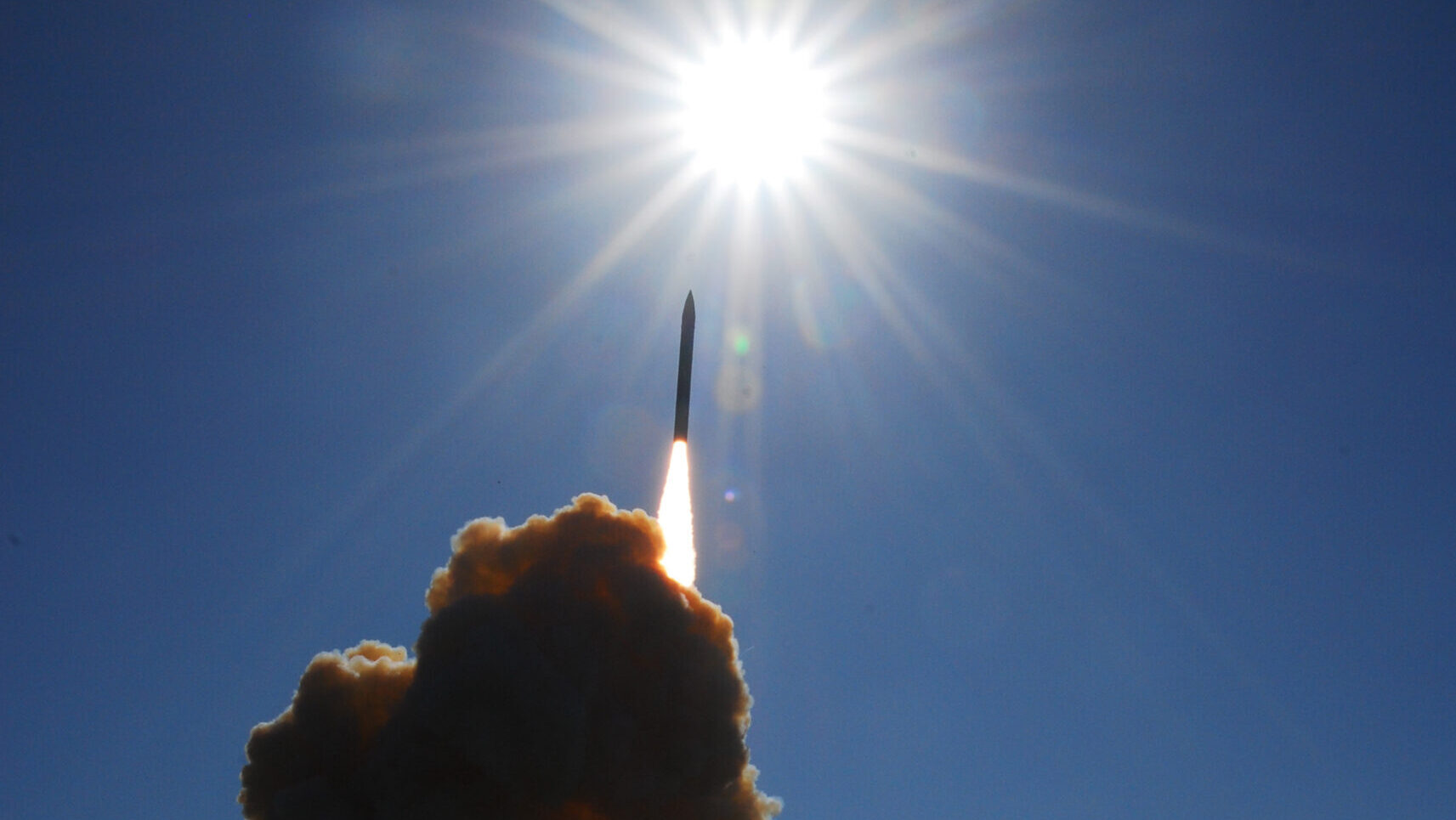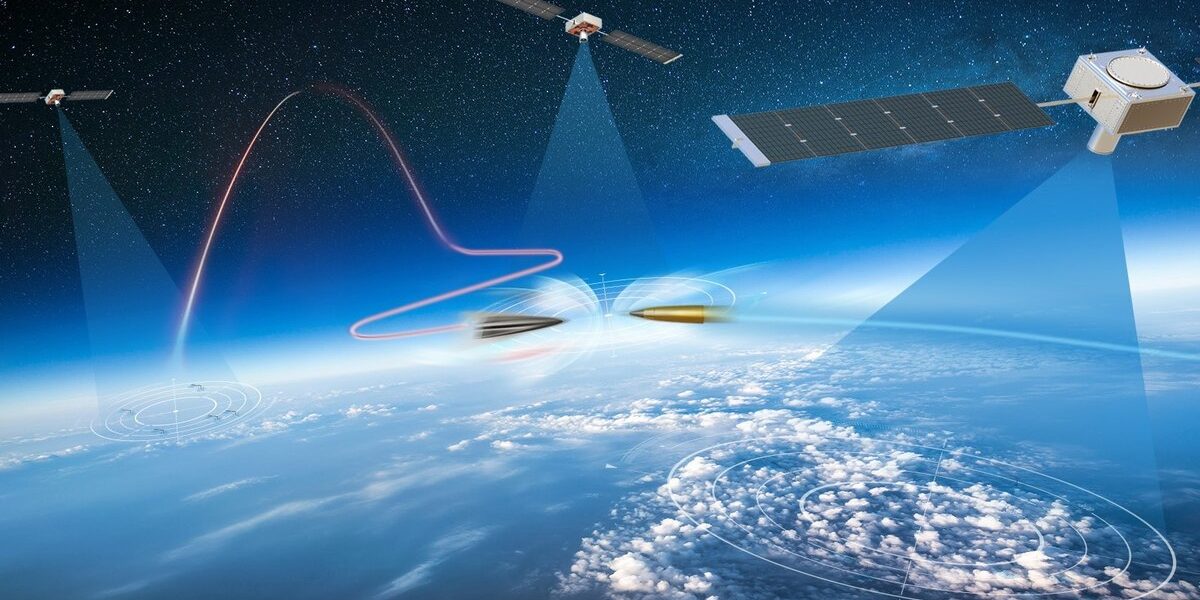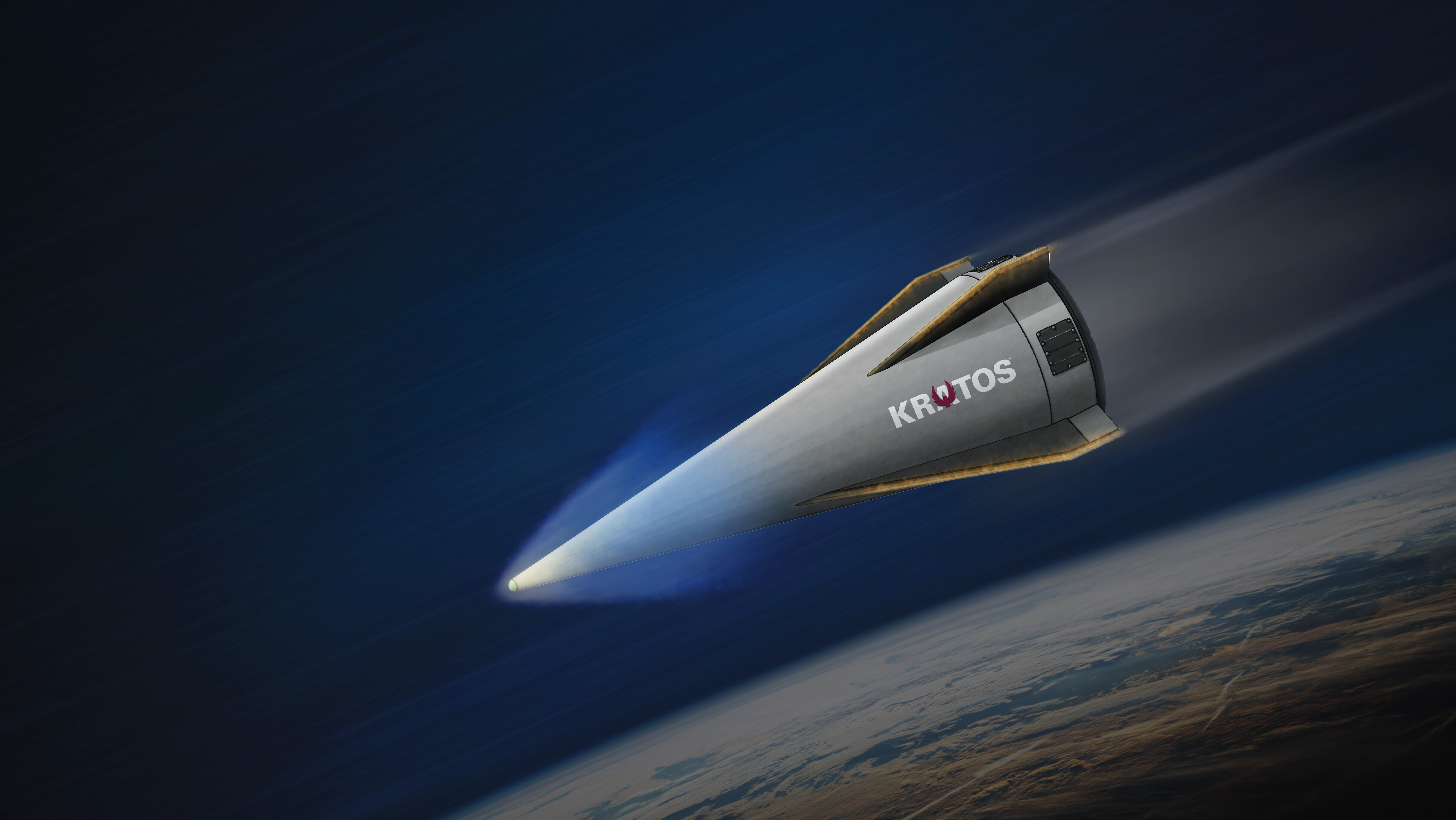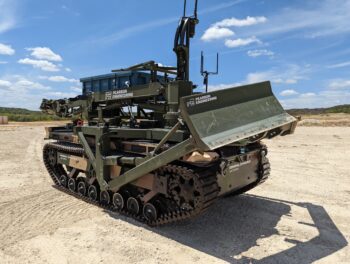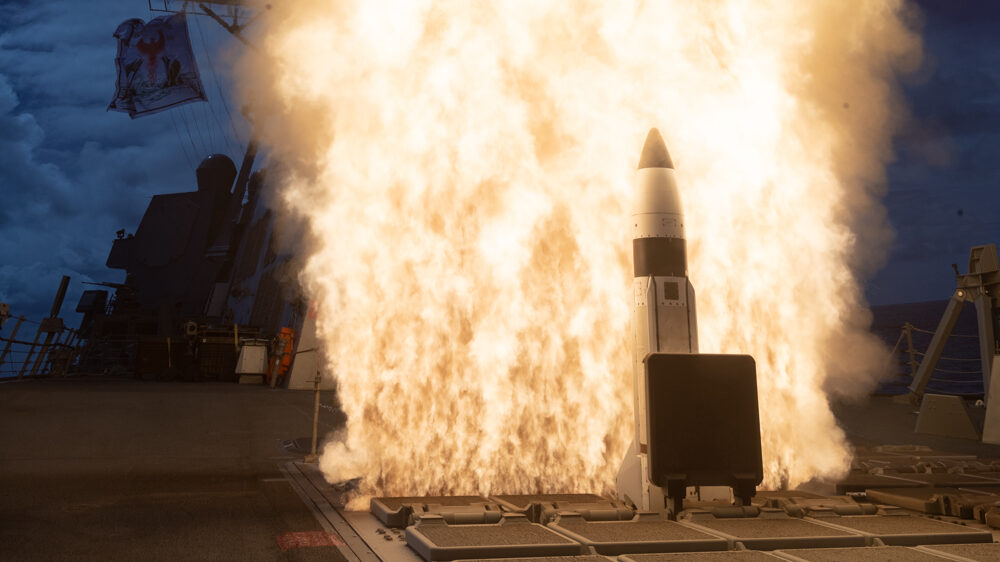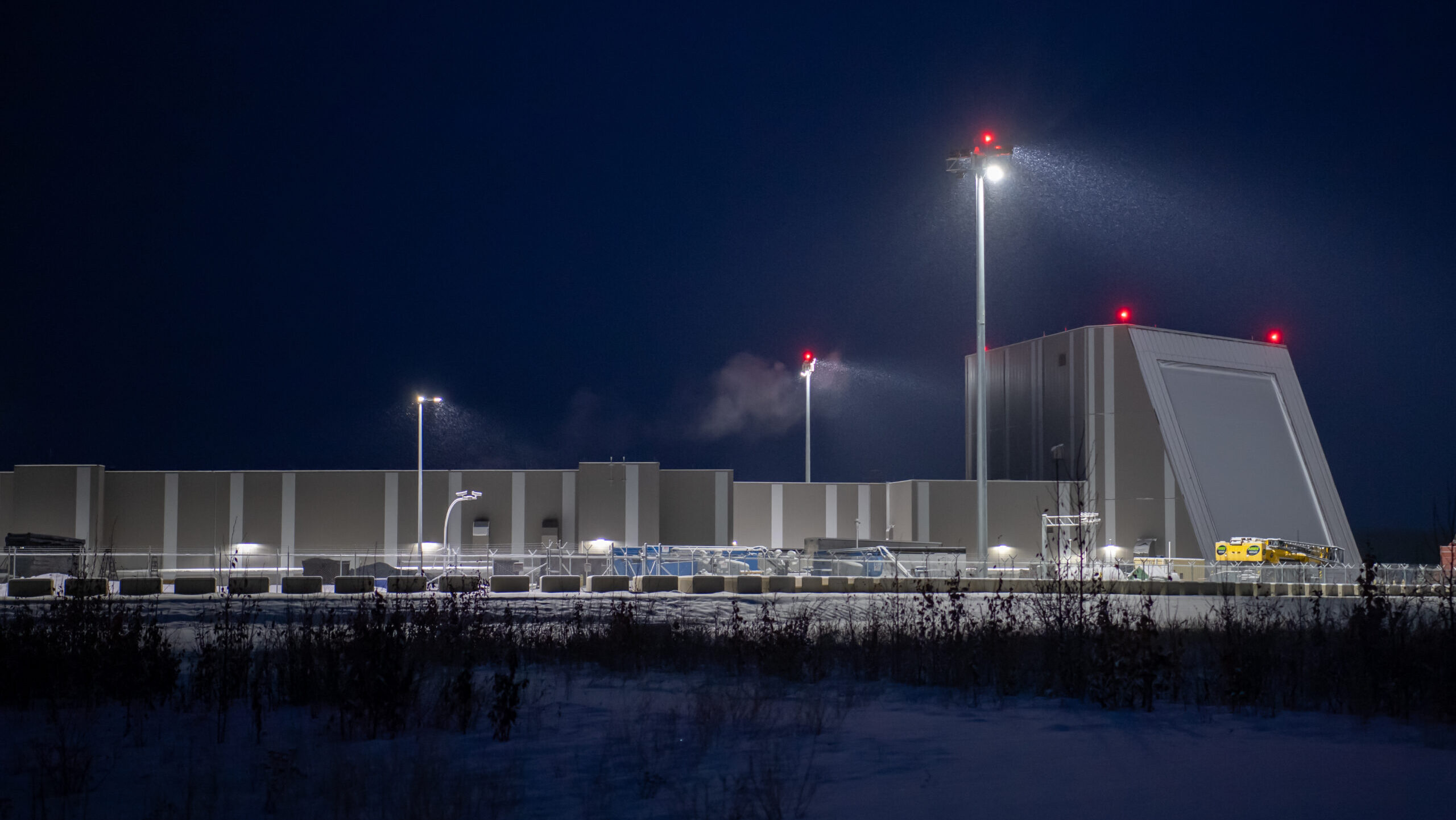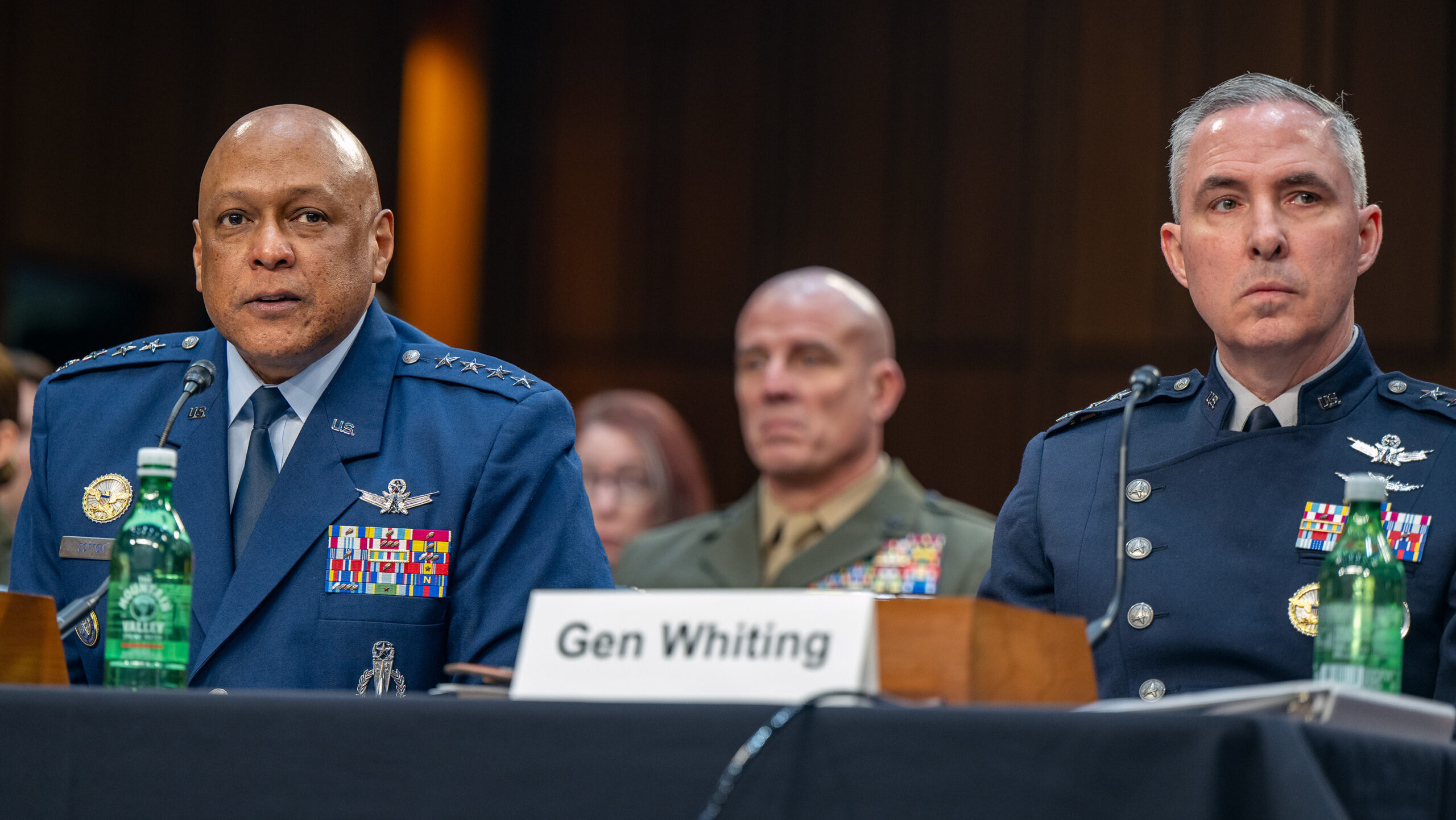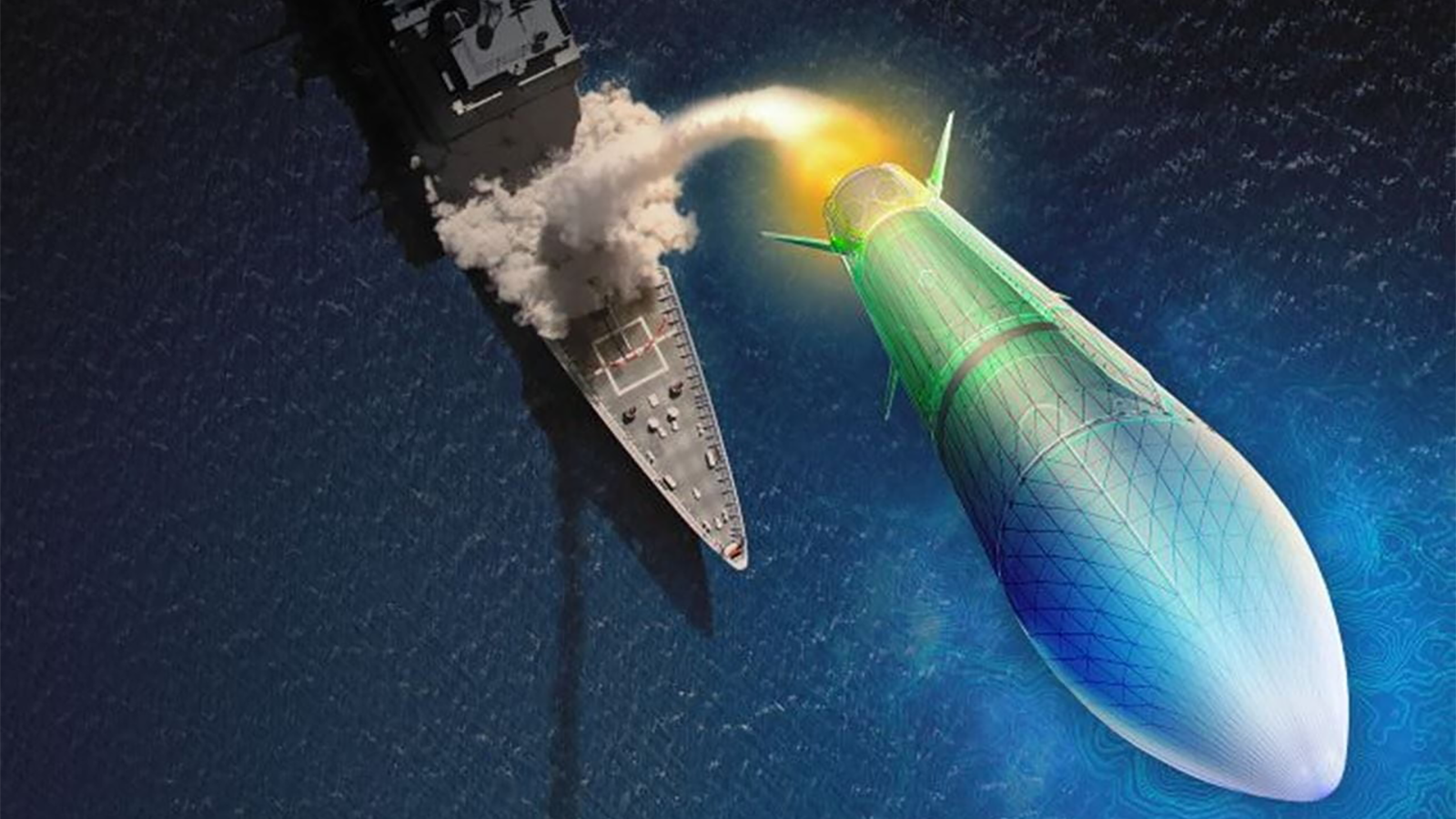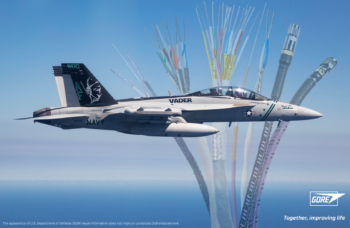

Officials from the National Reconnaissance Office and Missile Defense Agency pulled out of the Satellite 2025/GovMilSpace conference, despite it being in downtown Washington.
By Theresa Hitchens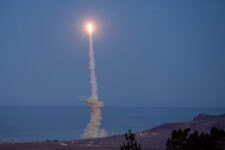
“You can’t defeat what you can’t see, and the adversaries have an increasing capability of reaching us and threatening us from ranges beyond what some of our current systems can detect and track,” said Gen. Gregory Guillot, who leads US Northern Command.
By Valerie Insinna
The SDA call for studies on speeding HBTSS “missile defense capabilities” is interesting, as its wording differs somewhat from language in an earlier solicitation from the Missile Defense Agency for proposals that appears to refer to an HBTSS satellite constellation.
By Theresa Hitchens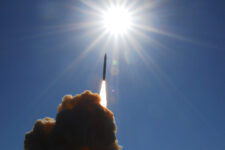
Under the draft, by Feb. 28 the chairman of the Joint Chiefs of Staff, DoD components, military departments, combatant commands and the Missile Defense Agency (MDA) are to put together three “scalable reference architectures” for “small, medium and large options” for the shield using “kinetic and non-kinetic” weapon systems, including costs.
By Theresa Hitchens
The agency’s RFI seeks capabilities that can be deployed in “epochs” starting in 2026, and running in two year increments to “beyond” Dec. 31 2030.
By Theresa Hitchens
The single contract award was initially set to be announced in June 2023, but was delayed twice in FY24 until it was officially announced Thursday, Breaking Defense previously reported.
By Carley Welch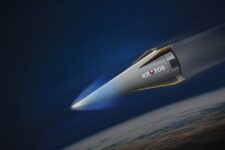
Kratos will be tasked with “systems engineering, integration, and testing (SEIT), to include integrated subscale, full-scale, and air launch services to address the need to affordably increase hypersonic flight test cadence,” according to the company.
By Michael Marrow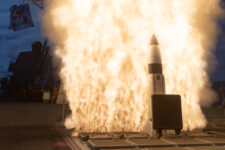
The MDA described the event as a “pivotal step” towards a larger, more holistic Guam Defense System designed to take on multiple threats at once — a “persistent layered integrated air and missile defense capability.”
By Lee Ferran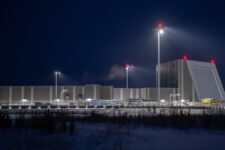
The agency also plans to launch a new, discriminating space sensor around the 2029 timeframe, MDA Director Air Force Lt. Gen. Heath Collins said.
By Michael Marrow
“Missions are ramming into each other, overlapping each other. The integration challenge is large,” Lt. Gen. Heath Collins said. “[S]ilos exist between services, between entities within the services, between MDA.”
By Theresa Hitchens
Gen. Stephen Whiting revealed that the command has just submitted to the Joint Force its FY27 “integrated priorities list” — an annual compendium of requirements put together by each combatant command to “inform the services and defense agencies of our warfighting needs as they prepare their budget and acquisition plans.”
By Theresa Hitchens
Mark Lewis, formerly the Pentagon’s senior scientist now CEO of the Purdue Applied Research Institute (PARI), gave MDA a thumbs up for taking a new look at the concept, noting that the technology has come a long way since 2014.
By Theresa Hitchens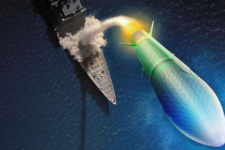
Missile Defense Agency Director Lt. Gen. Heath Collins told CSIS that he is “absolutely” trying to speed development of the Glide Phase Interceptor, but that any changes must keep the program “viable.”
By Theresa Hitchens
Kazuya Yonekura, director of guided weapons project management division of the Japanese ministry of defense, spoke to Breaking Defense in Tokyo.
By Valerie Insinna



